An extensive guide into the world of hydro dipping by the industry leader for over 20 years, TWN Industries.
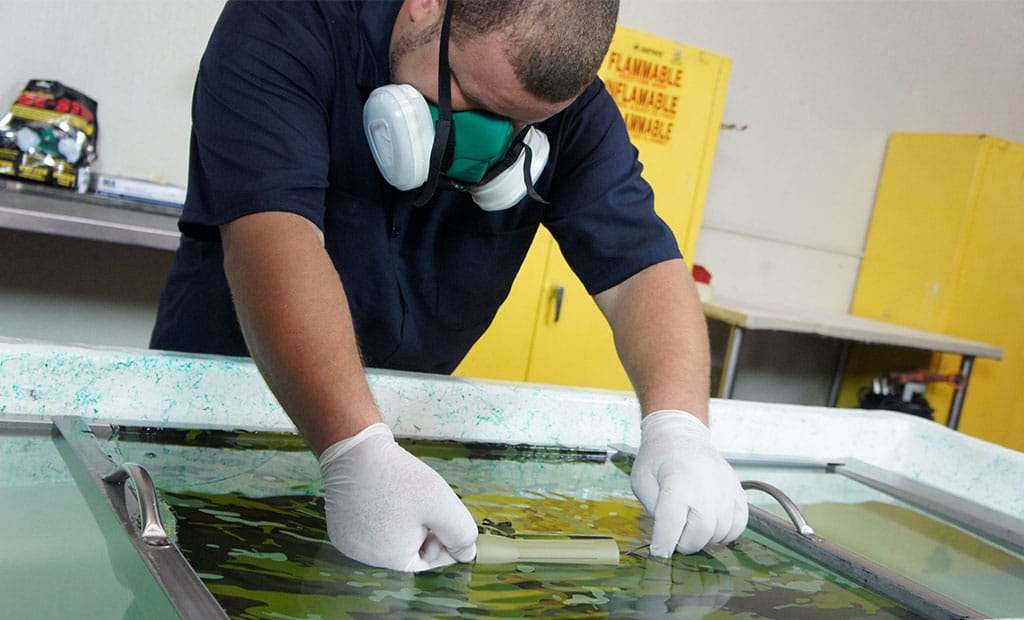
Welcome to Hydro Dipping: The Ultimate Guide! This extensive guide provides useful information about the hydro dipping process, how it works, what it takes to do it professionally, and the benefits that it provides for businesses all over the world. The information contained in this guide is impactful for all competency levels. It is great for the beginner and the seasoned pro alike.
The goal of this article is to give you a complete 360-degree view of hydro dipping from a seasoned professional team that has been leading the way in this industry for over 20 years. If you want to go to a specific topic, click on the chapters in the table of contents below to navigate around this guide!
Table of Contents
| Chapter 1: What is Hydro Dipping? |
| Chapter 2: What are the Benefits of Hydro Dipping? |
| Chapter 3: What Products/Industries Use Hydro Dipping? |
| Chapter 4: The Hydro Dipping Process (Step By Step) |
| Chapter 5: Materials Required |
| Chapter 6: Equipment and Work Area Recommendations |
| Chapter 7: Benefits of Hydro Dipping Training |
| Chapter 8: Water Transfer Printing Film Storage |
| Chapter 9: Hydro Dipping for Small Businesses |
| Chapter 10: Hydro Dipping for Manufacturing |
| Chapter 11: Where Can I Find a Hydro Dip Shop? |
| Chapter 12: Frequently Asked Questions |
| Chapter 13: Conclusion |
What is Hydro Dipping?
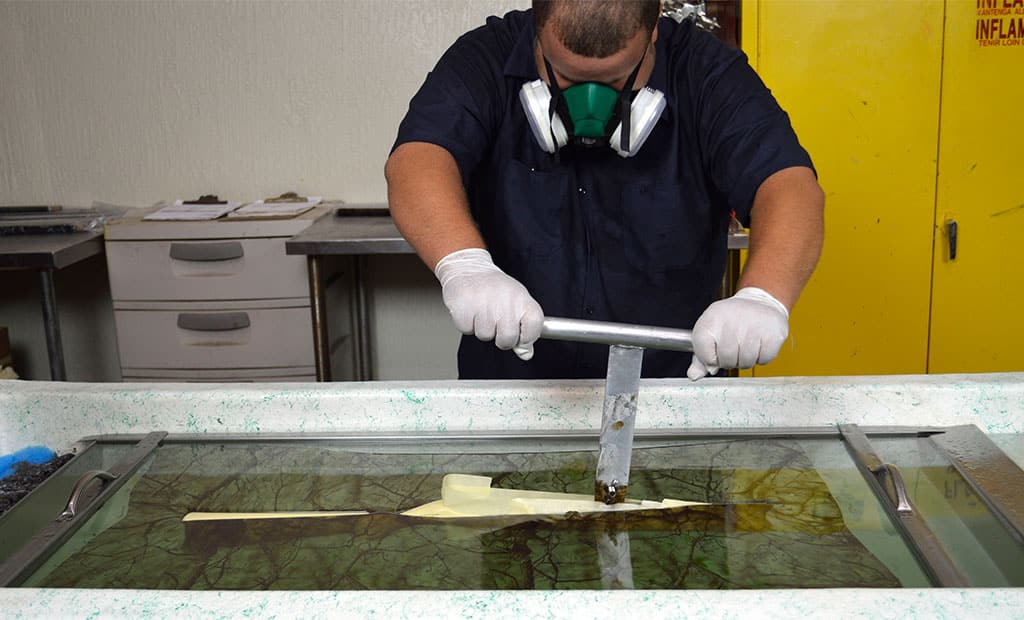
Hydro Dipping is a surface decorating technology that allows you to apply complex designs and artwork to 3-dimensional items. The process is also called “Water Transfer Printing” and “hydrographics” (these will be used synonymously throughout this guide). Water Transfer Printing film is made out of a water-soluble material called PVA (polyvinyl alcohol). When applied to the surface of the water, the film will begin to soften and becomes very pliable.
Next, the operator sprays an activator on the film as it is resting on the water, this liquefies the inks in the film and prepares them to adhere to the freshly painted part. After the film is activated, the operator slowly pushes the part through the film. During this process, the inks flow up and around the contours of the part and transfer the pattern seamlessly around the item.
Next, the operator rinses off the residual PVA material and sets the part to air dry. Once the part is completely dry, the operator applies an automotive-grade clear coat over the item. This provides UV protection, scratch resistance, and other protective properties and ensures a long-lasting, durable finish.
Get Started With Hydro Dipping
What Are the Benefits of Hydro Dipping?
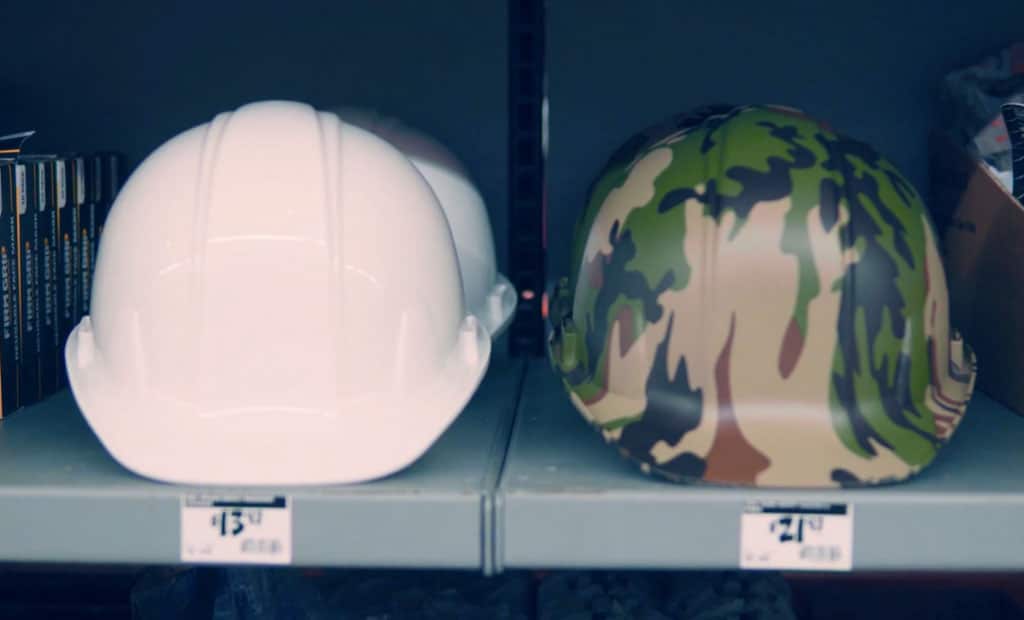
The biggest benefit of Hydro Dipping/Water Transfer Printing is that it provides a cost-effective way to apply complex artwork onto 3-dimensional objects. For example, in the firearms industry, instead of using stencils, Water Transfer Printing is used to apply complex camouflage patterns onto rifle stocks, furniture kits, and other components. In this instance, Water Transfer Printing provides a more affordable and repeatable solution.
It is very time and labor-intensive to stencil complex artwork onto a firearm. Therefore, this option is too costly for many manufacturers and small businesses. Additionally, there are only so many details that you can add when using a stenciling technique. It is going to be near impossible for someone to stencil a high-definition “sticks and leaves” camouflage like Next Camo Vista. Thus, Water Transfer Printing provides an easier, more affordable, more dynamic, and higher quality finish than stenciling can provide.
Therefore, if you want to apply a pattern to a 3-dimensional object. This is where hydrographics shines.
What Products/Industries Use Hydro Dipping?
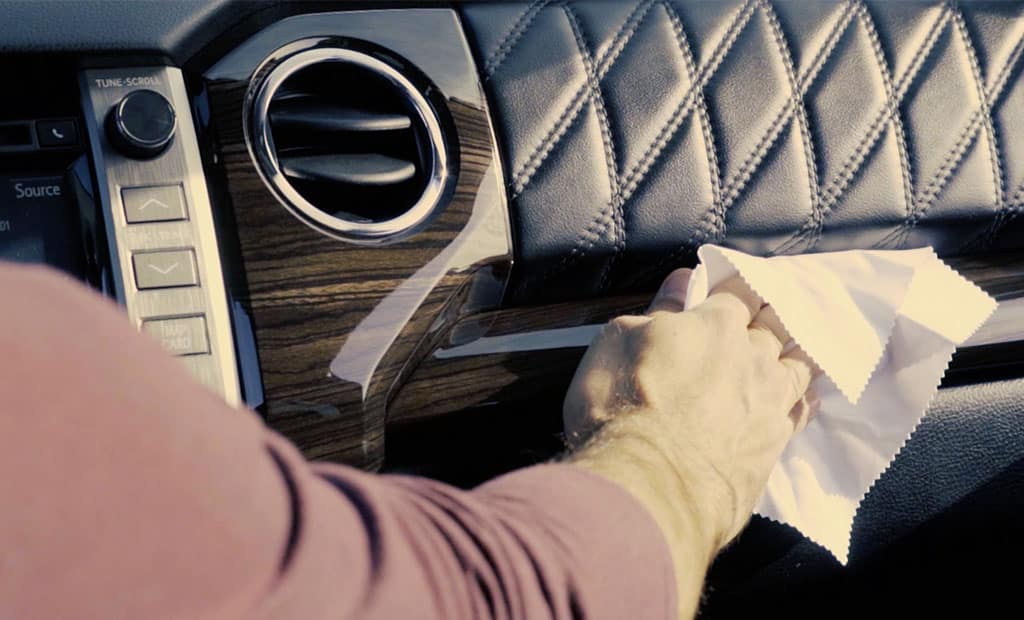
Water Transfer Printing is used in a plethora of different industries. Here is a list of some of the common products and industries that use this decorating process.
Firearms
Firearms manufacturers use Water Transfer Printing to apply camouflage, carbon fiber, and other unique designs to their products. The most common products in this space include synthetic rifle stocks and furniture kits. Likewise, gunsmith shops nationwide utilize hydro dipping to make one-of-a-kind customizations to their customers’ firearms.
Compound Bows
Effective camouflage is critical for deer hunting. Many manufacturers and aftermarket hydro dipping shops customize compound bows in popular camouflage patterns like Kryptek, KUIU, Badlands Approach, and Next Camo.
Military Equipment
Military operators require sophisticated concealment in order to keep their soldiers hidden on the field of battle. Suppliers utilize hydro dipping to apply concealment patterns onto ballistic helmets, firearms, and radio equipment.
Automotive Parts
Top manufacturers and conversion companies revamp their vehicle interiors with luxurious wood grain patterns and realistic carbon fiber patterns.
Aviation Interiors
Aviation interior restoration companies use Water Transfer Printing to decorate their cabins in eloquent marble, wood grain, and stainless steel finishes.
Eyewear
Eyewear companies apply designs to intricate glasses frames. Water Transfer Printing excels in this industry because it is very effective at decorating glasses frames with unique curvatures.
Architecture and Interior Design
Architectural companies apply wood grain, marble, and stainless steel finishes to enhance the visual appeal of plastic components.
Electronics and Consumer Goods
Consumer goods companies apply decorative finishes to everyday items and smart home devices.
Medical Equipment
Hospital equipment is made to look homier with warm wood grain accents.
Sports Gear
Sports equipment companies apply striking patterns to professional team equipment.
So, as you can see, there are many applications/uses for Water Transfer Printing. The sky is the limit!
The Hydro Dipping Process (Step-By-Step)
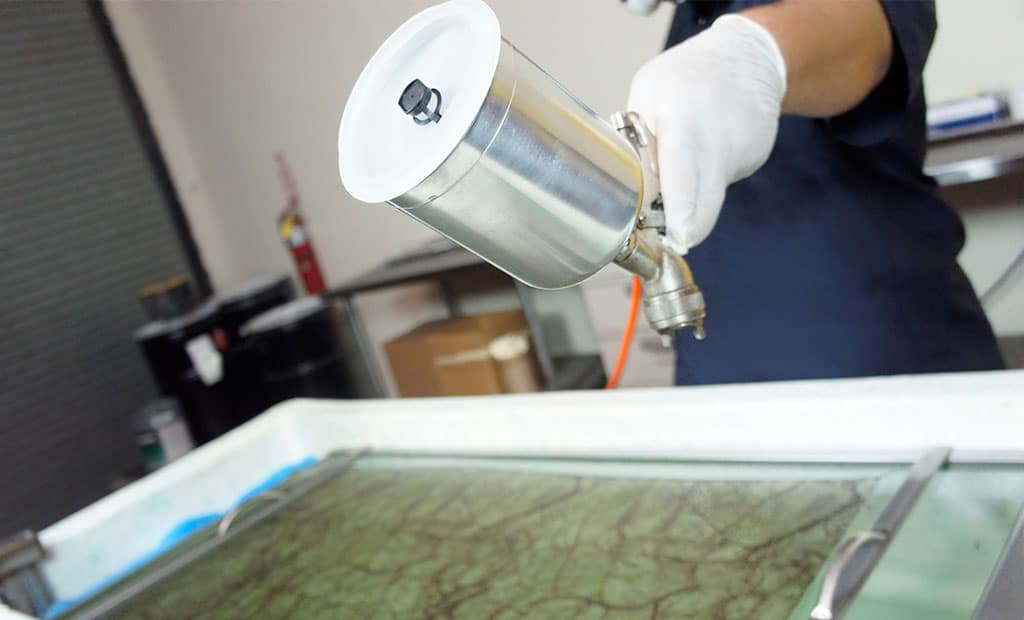
Hydro dipping is very similar to a traditional paint process, with a few extra steps. Here is a bird’s eye view of how the process works step by step.
Step 1: Prep
Prepping your part properly is one of the most important steps in the process. This is where you clean, scuff, sand, and/or flame treat your part to prepare it for optimal adhesion with your primer/base coat paint. Different substrates will require different preparation steps.
Step 2: Prime/Paint
Prime and paint your part using a compatible paint for the Water Transfer Printing process. If the item being decorated is going to be exposed to UV, you need to use an automotive-grade base coat paint. We do not recommend using generic aerosol paints that you will find at your local hardware store.
Step 3: Cut Film
Make sure to have enough padding around your part to allow the inks to wrap with no stretching. It is always cheaper to use a little bit more film around your part than it is to re-dip your part! Having a big enough piece of film on the water will allow you to choose the section of the film that is perfectly activated and free of bubbles and other minor defects.
Step 4: Place Film on the Water
Remove all debris from the surface of the water prior to laying the film. Next, place the film on the water. Slowly lower it in a consistent motion to prevent trapped between the film and the surface of the water.
Step 5: Spray Activator
Spray activator using an HVLP spray gun. Aerosol activators will not atomize the activator particles effectively and will degrade decoration quality. Make sure that the activator you use is compatible with the film that you are using.
Step 6: Dip
Submerge your item in a steady, consistent motion. You want to dip your part at an angle that prevents trapped air. This is where technique comes into play and proper training is paramount.
Step 7: Rinse
Rinse off the residual PVA material with warm water. The part should be rinsed off until it does not feel slimy to the touch.
Step 8: Dry
Let your parts dry via air drying on racks or using an air blower, air knife, or other expedited drying technique.
Step 9: Clear Coat
Apply an automotive-grade clear coat using an HVLP spray gun. Having a clean paint booth is critical for this step because it will help you avoid getting debris in your clear coat. This is especially important when spraying high gloss finishes for automotive, marine, and aviation applications.
In summary, those are the basic steps of how the process works. If you would like to do the process professionally, it is imperative that you receive proper training and certification. TWN provides a world-renowned hydrographics training course at our facility in Miami, Fl.
Get Started With Hydro Dipping
Materials Required
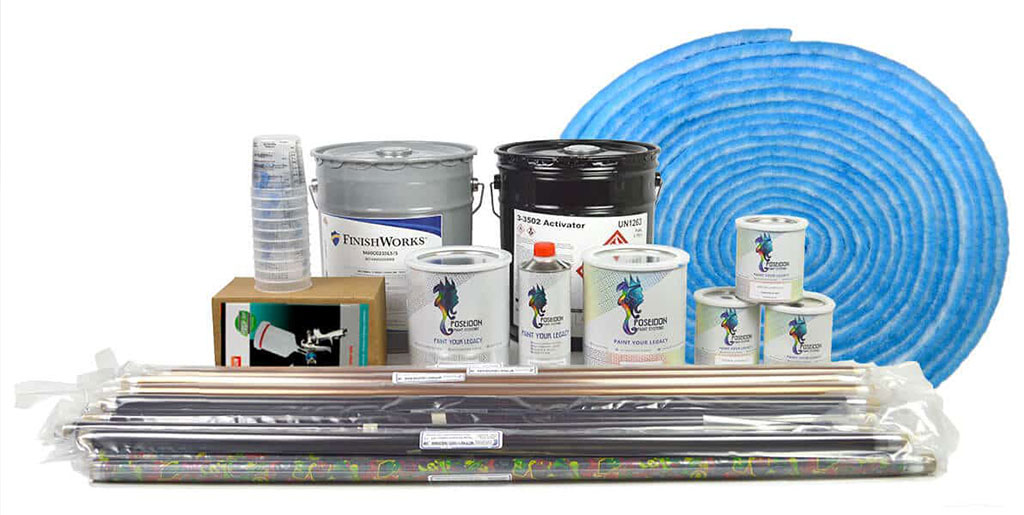
Here is an exhaustive list of all the materials that you will need to operate a successful hydrographics business. This business is very similar to opening a paint shop. You will need all of the supplies to paint parts as well as materials to do the Water Transfer Printing process.
Prep Materials
Sandpaper, sanding pads, tac cloths, etc. This can also include generic degreasers and cleaning products like prep-all.
Safety Equipment
You will need a high-quality respirator, latex or nitrile gloves, and paint sleeves. Make sure to wear your respirator when you are spraying the activator, paint, and clear coat.
Film
Make sure to you high-quality films on your products. These films have better inks that will not fade when exposed to the sun. You can purchase high-quality hydro dip film from TWN Industries. We offer an extensive inventory of premium films. Manufacturers and small businesses use our films every day.
Activator
Buying the proper activator is essential to getting good results. Look for an activator that is compatible with the films you are using. TWN has 2 activators (NJM2010SPC and 3-3502). Each activator formula works with the specific ink chemistries in our films. A high-quality activator will increase color retention and allow the inks to perform at their peak performance.
Primer/Paint
Traditionally, the process uses high-quality automotive-grade primers and paints. However, you can also use specialty coatings that are compatible with the process. For example, many firearms manufacturers use CCI paint because it meets all of their required durability standards.
Clear Coat
Automotive-grade clear coats provide UV, scratch, and wear resistance. The higher the quality clear, the longer the finish will last.
Mixing Cups
Clear coats, primers, and some paints will require you to mix different components at a pre-determined mixing ratio. Get this mixing ratio correct to ensure optimal coating performance.
Equipment and Work Area Recommendations
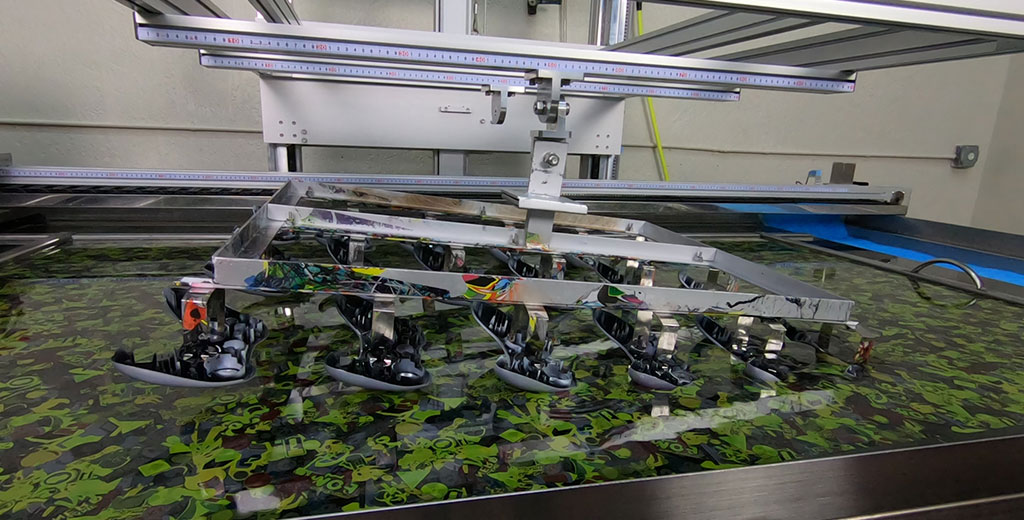
Having the proper equipment is crucial for anyone who wants to start a hydro dipping business. TWN provides high-quality equipment that is proven in the industry. As an added bonus, all of TWN’s equipment includes 2 days of hands-on training and certification for up to three people for free. If you were to purchase training alone, it will cost $2,000.
Here is a brief overview of the equipment required for the hydro dipping process, what it does, and how it can benefit your operation.
Water Transfer Printing Tank
This is the “meat and potatoes” of your Water Transfer Printing operation. The tank heats the water and filters off the excess inks and debris from the water’s surface after each dipping cycle. TWN offers very well-designed and affordable hydro dip tanks as well as custom-made production equipment. View our hydro dip tank options.
Wash Station
For low-volume custom shops, a simple stainless steel deep well sink with a spray wand that sprays warm water will probably do the trick. If you are planning on doing large volumes or large parts, we recommend that you invest in a 360° conveyor wash station.
Production Arm
Production arms dip large fixtures of parts consistently and in high volumes. Large-volume contract decorators and manufacturers utilize production arms to increase output and dipping consistency. If you are a custom shop or just starting out, you will not require a production arm.
HVLP Spray Guns
Applying your coatings will require an HVLP spray gun. We recommend that you get 3 separate high-quality HVLP paint guns. One for paint and primer, one for clear coat, and one for activator. This will prevent cross-contamination.
Activator Spray System
If you are a high-volume decorator or a manufacturer, TWN’s automated activator spray system is a perfect tool for improving quality and consistency, and reducing waste and rework. We also have entry-level spray systems that fit our 1.2M and XL 1.2M tanks.
Air Compressor
Next, you will need an air compressor to provide compressed air for all of your spray applications. You can also use this to blow off parts to expedite the drying process after a successful dip.
Spray Booth
Additionally, having a clean area to paint is very important for producing a quality finish. Whether, you create your own open-face spray booth, or buy a professionally installed booth, you will need a clean area to paint that is free of debris and properly ventilated.
Work Area
Finally, your workspace requirements will vary based on each operation. Smaller shops can operate comfortably in 800 sq feet or more depending on the equipment that you purchase. Larger shops and manufacturers will need more space for prepping stations, racking parts, larger paint booths, larger equipment, a wash station, etc.
Benefits of Hydro Dipping Training
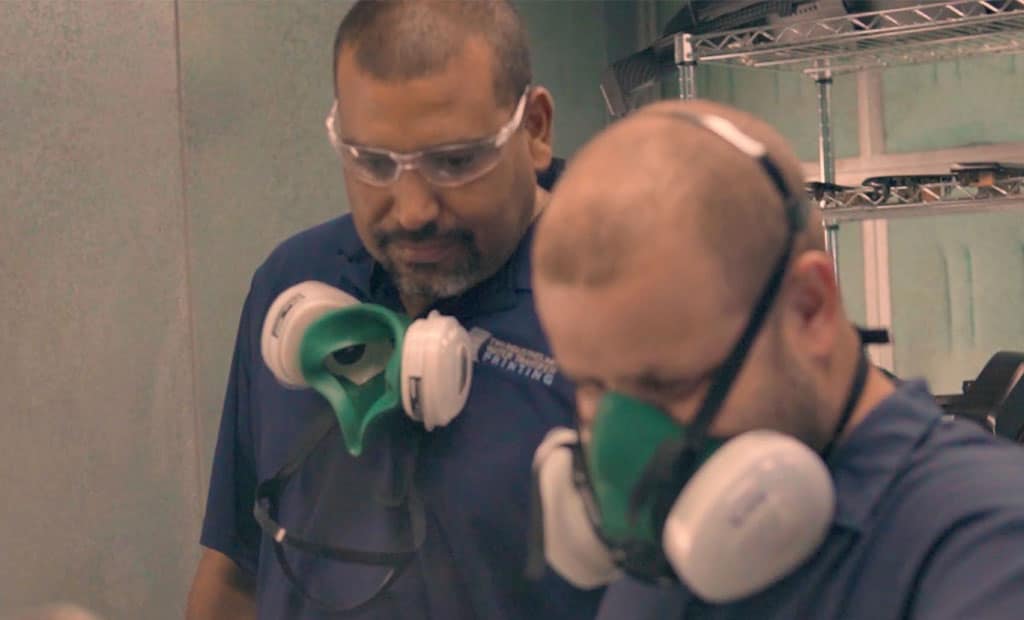
Getting the proper training for the hydrographic process is the most valuable thing that you can do when you start your business. The good news is that all of TWN’s equipment options come with 2-days of hands-on training in sunny Miami, FL for FREE. We have training classes every Thursday and Friday and host customers from all over the world. We also have multilingual classes in English and Spanish.
Curriculum Breakdown
TWN’s 2-day Water Transfer Printing training and certification is an immersive, hands-on experience that will teach you every step of the hydro dipping process.
- Prepping & pre-treatment
- Priming & painting
- Activation
- Dipping
- Washing
- Clear coat
- Mixing ratios
- Advanced troubleshooting
Benefits of Training
If you are serious about pursuing the Water Transfer Printing process, we highly recommend proper training. TWN’s training and certification course teaches the specific parameters, timing, and application technique to do the process consistenly. Want to learn more? Check out TWN’s hydro dip training course.
Get Started With Hydro Dipping
Water Transfer Printing Film Storage
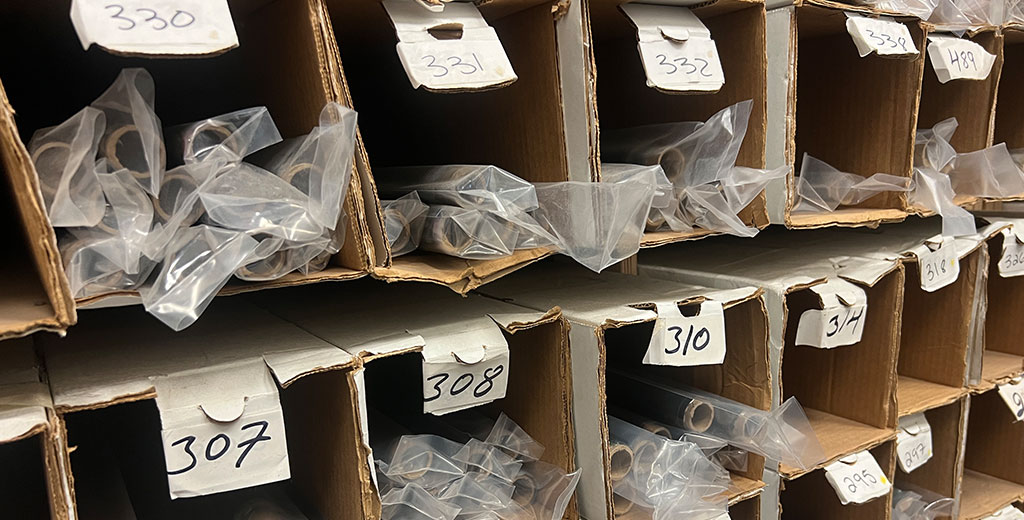
Hydrographic film is very sensitive to the environment. It is very important to store your film in a sealed plastic pouch in a temperature and humidity-controlled room. This will extend the shelf life of your films and save you time, money, and headaches.
Here are the optimal storage conditions for hydrographic film:
- Storage temperature: 68°F – 77°F
- Storage humidity: 50%-60% humidity
Did you notice that there is a range for the humidity and temperature storage conditions? That’s because there is a sweet spot when it comes to optimal film storage. Not too cold, not too hot. Not too dry, not too humid. Also, drastic changes in temperature and humidity will reduce the shelf life of the film.
Hydro Dipping for Small Businesses
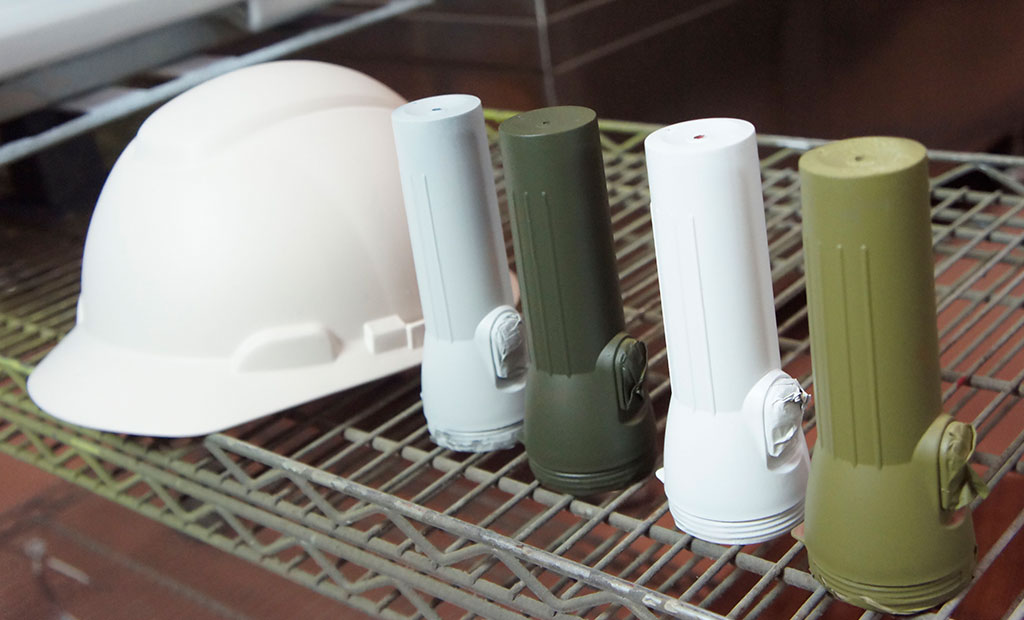
Hydro dipping is a great decorating solution for small businesses looking to expand their offerings. We see a lot of automotive customization shops, gunsmiths, taxidermists, and similar businesses take on the process and use it to grow their business revenues. Check out TWN’s hydrographics for small business page to learn more.
Getting set up does not require an extensive amount of capital and gives your business a lot of opportunities to diversify. TWN provides a business startup package that includes training for only $6,995. To learn more, check out TWN’s hydrographics business startup packages.
Hydro Dipping for Manufacturing
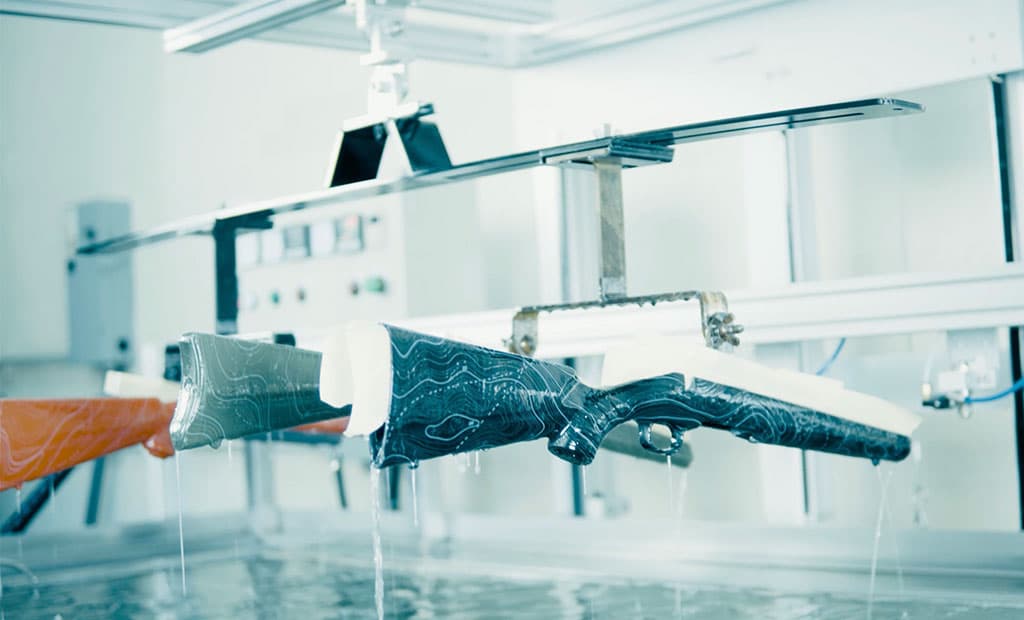
Additionally, TWN works with manufacturers to implement the Water Transfer Printing process in their own facilities or connect them with TWN Certified Processors to decorate their products. Hydro dipping is an incredibly cost-effective decorating solution for manufacturers who have a 3-dimensional product that they want to decorate and add value to.
For example, a lighting manufacturer uses Water Transfer Printing to customize their plastic housings in realistic bronze brushed stainless steel finishes. This adds value to their products and gives their customers more design options to choose from. Want to learn more? Check out TWN’s hydrographics for manufacturing page.
Where Can I Find a Hydro Dip Shop?
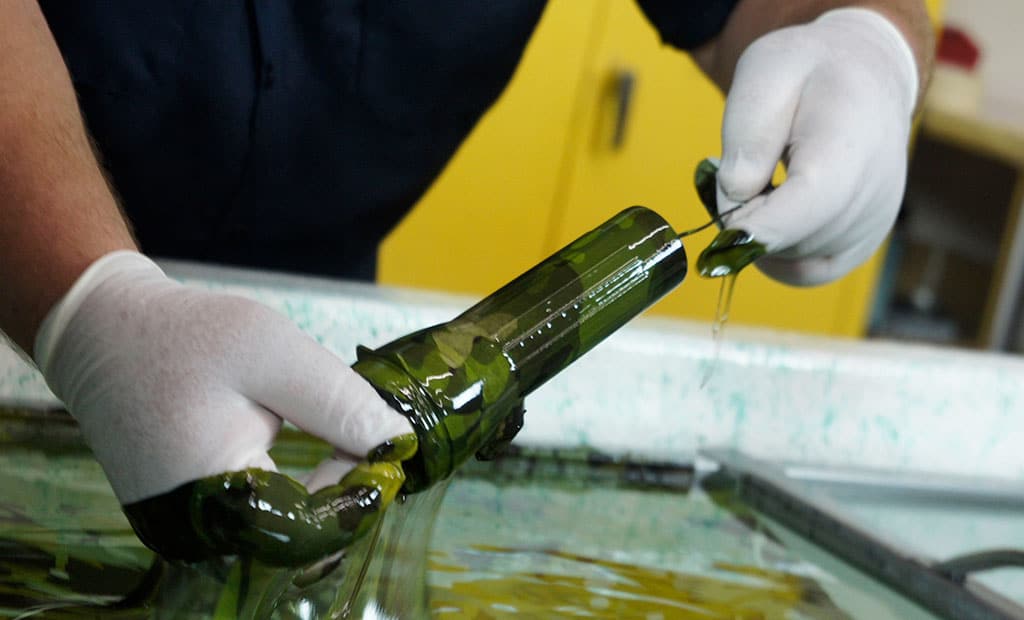
There are a ton of hydro dipping shops around the United States. TWN has over 1,500 TWN Certified Processors and counting. Want to send your items to a certified hydro dipper? Request a hydrographics company near you. Once you fill out the form, we will recommend a processor in your area that is qualified to do your job. TWN actively connects processors with customers on a daily basis. This is a huge benefit that no one else in the industry provides.
Frequently Asked Questions
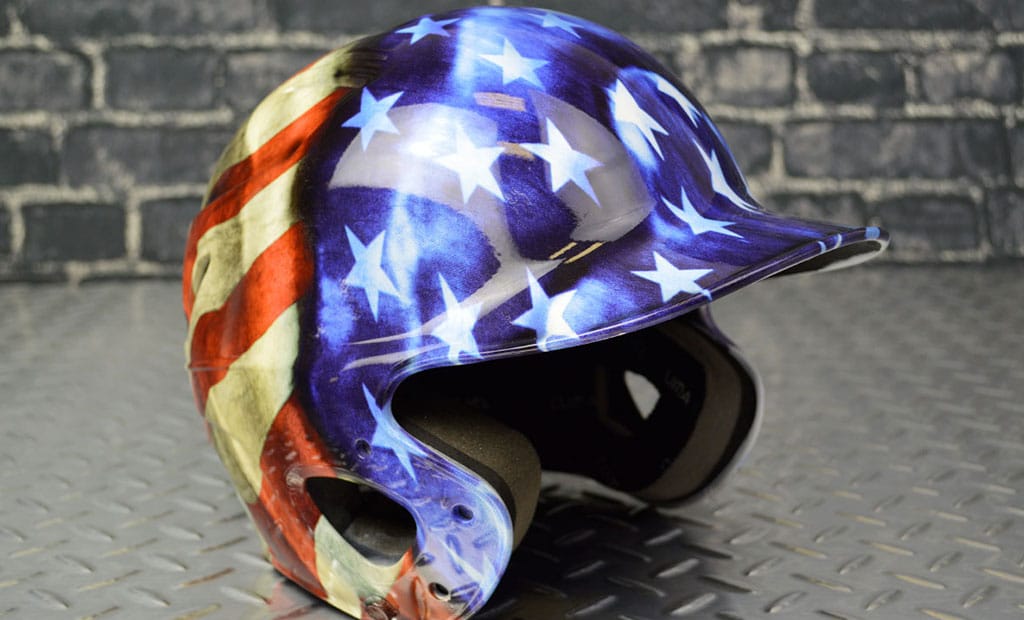
Although the Water Transfer Printing process has grown substantially over the past 20 years, there are still many people who are unfamiliar with how it works, the benefits, the applications, and what it takes to do the process. We have an extensive FAQ page that answers a lot of these common questions. Want to dig a little deeper? Check out our hydrographics FAQ.
Conclusion
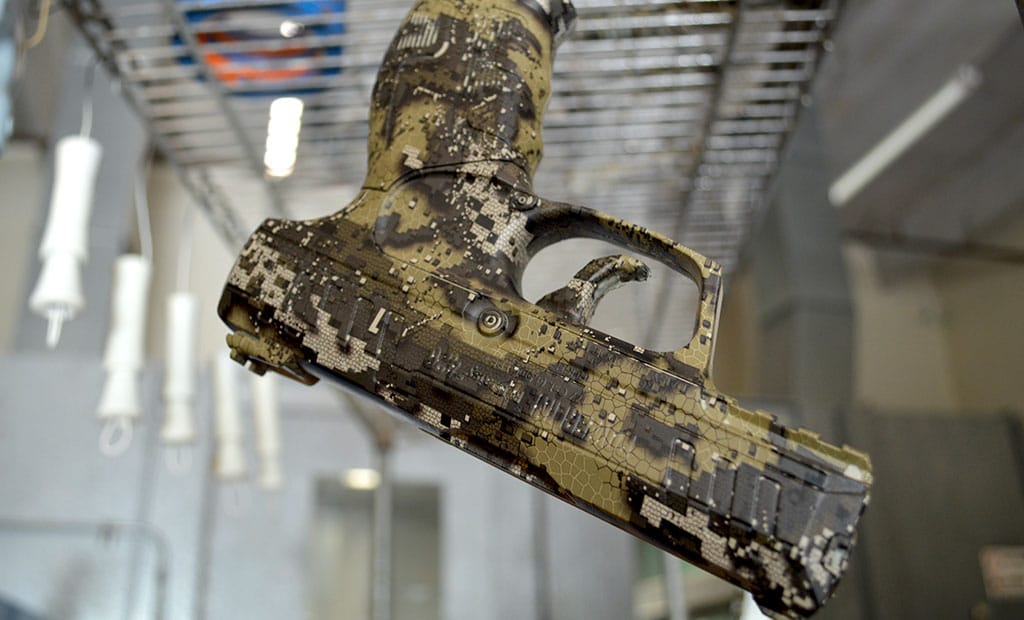
Wow, that was quite a mouthful. We hope you enjoyed this ultimate guide to hydro dipping. It is a great resource for understanding what hydro dipping is, how it works, and the materials, equipment, training, and work area you need to do it properly and professionally. We also covered the many ways that hydrographics is currently being used and the industries that are leading the way in its adoption. Furthermore, we believe that technology will continue to improve, continue to evolve and continue to make its way onto products that people interact with in their everyday lives.
With that, we wish you the best of luck in your endeavors. If you need any help with the Water Transfer Printing process, we are just one click/phone call away.
